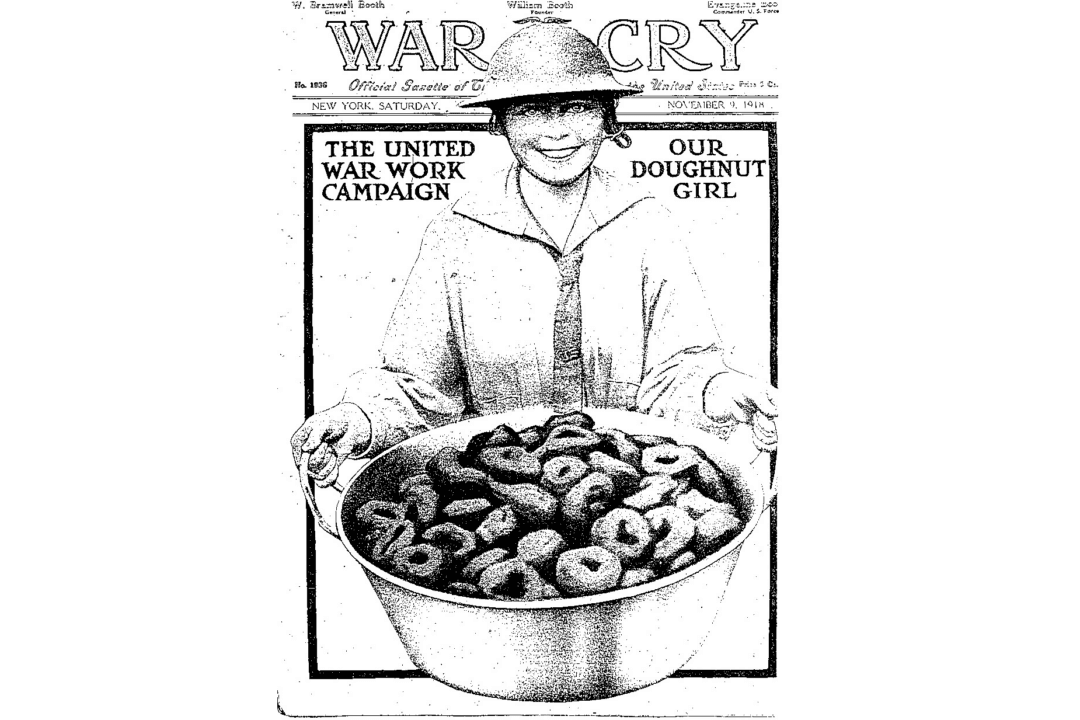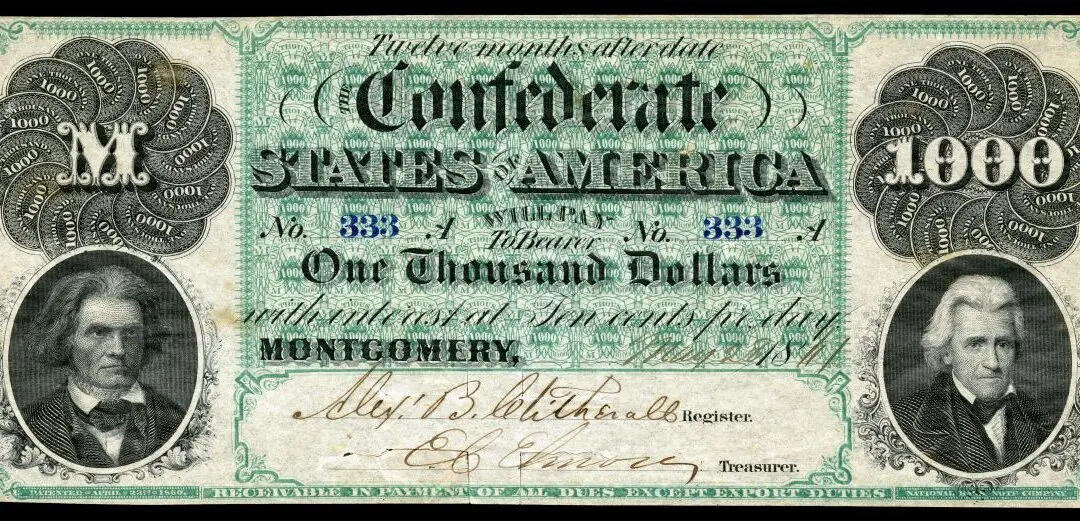The Great War began during the summer of 1914, and it was nearly three more years before America sent her boys to fight in Europe. Congress declared war on Germany on April 6, 1917. Although women were not allowed to serve as soldiers in the United States military, thousands of women joined the cause in Europe anyway.
It was not the first time that American women were involved in military conflict. Fifty years before World War I broke out, the Civil War created the opportunity for women to become nurses. The new European conflict swung wide the door for women to become involved. Between 1917 and 1919, more than 22,000 women were recruited by the American Red Cross to join the U.S. Army as nurses. Nearly half of them served near the Western Front. There were an additional 1,500 who served with the U.S. Navy. The primary difference between the nurses of the Civil War and those serving during World War I was that the latter were already professionally trained.






